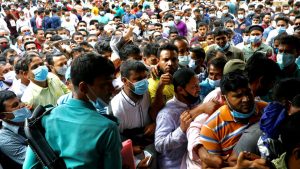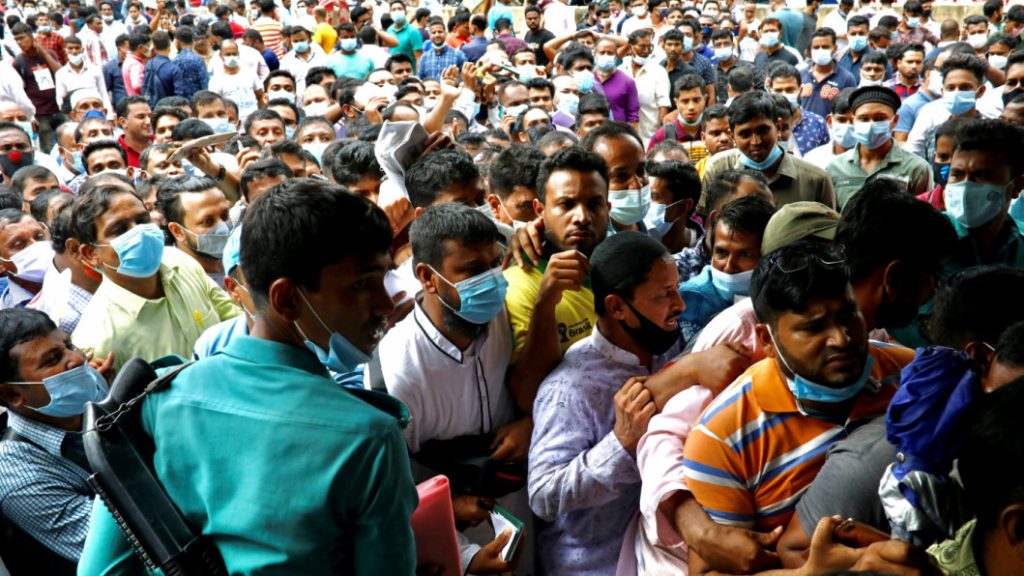Bangladesh currently has a Population Challenges, approaching 150 million and will add another 100 million before stabilizing, unless fertility can soon drop below replacement level. This level of fertility decline will require a change in marriage patterns, which have been minimal so far, even with increasing female schooling. It would also benefit from a long-awaited shift to long-term contraception. In addition to the consequence of huge population size, the density of population is already five times that of any other ‘mega’ country (>100 million), a very challenging situation for an agricultural society. Most of the future growth will be urban, increasingly in slums. Numbers of young people will not increase, but numbers of older people will increase 10-fold this century, creating a large burden on the health system, especially for chronic illnesses. High density of population means that agricultural land is virtually saturated, with very limited capacity to expand food production. Climate change may have dramatic impacts on agriculture, through flooding and drought resulting from weather changes and geopolitical influences on transborder rivers. Rising sea-levels and consequent salinity will affect crops and require shifts to alternative land use. Serious long-term planning is needed for meeting the growing needs of the population, both for distribution and consumption.
CURRENT POPULATION SITUATION AND FUTURE GROWTH
The Bangladesh population in mid-2007 was around 147 million. The precise figure depends on assumptions about rates of growth since the adjusted census figure of 129,247,233 for 22 January 2001. The Bangladesh Bureau of Statistics (BBS) indicates an average rate of natural increase of 1.5% annually since the census. However, these figures from the BBS are almost certainly under-estimates of crude birth rate (CBR) (20-21/1,000) and crude death rate (CDR) (5-6/1,000). The BBS rates would project a population of just over 141 million whereas the Population Reference Bureau (PRB) rate of natural growth of 1.9% per annum is more likely—based on assumed CBR of 27/1,000 and CDR of 8/1,000, resulting in a projected population of 147 million.

Population Challenges projections
A more important question is what the future popu- lation growth will be. Until the United Nations Population Division (UN PD) released the 2004 revision of population projections for all the countries of the world, there was a general agreement that Bangladesh would reach 218 million by 2050 and finally stabilize at around 260 million in mid-next century (1). However, the 2004 revision by the UN PD proposes a pessimistic upgrading of the 2050 figure to 243 million as a consequence of the decade-long fertility plateau (1993–2002). This seems excessively high. The PRB estimate is 231 million for mid-century, which is more realistic, although a new set of Bangladesh population projections should be produced, taking into account the recent demographic events. Whatever the details, it can be seen in Figure Figure11 that Bangladesh is only halfway along the S-curve of the ‘demographic transition’ from a historically-stable population size of around 25 million to a final size of 10-fold larger.
